First-person view (FPV) or remote-person view (RPV) or video piloting provides control of a radio-controlled UAV from the pilot’s point of view. In this case, the onboard transmitter transfers data from the onboard camera wirelessly to FPV goggles or a video monitor in real time. The skyrocketing popularity of FPV began in the early 2010s. This technology very closely mimics the feeling a real pilot, making available the thrill of flight. In addition, UAVs with FPV are frequently used for aerial videography. Many modern models with FPV additionally use a second onboard HD camcorder, for example, GoPro camera, for filming with high quality.
The FPV system uses the onboard FPV camera and VTX on the drone, and a video receiver with a display on the ground.
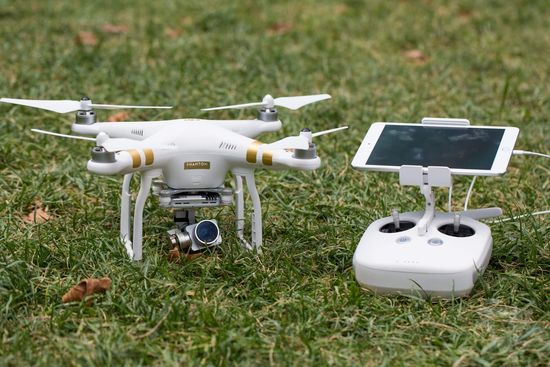
The receiving equipment includes a video receiver with the onboard transmitter frequency and display. More advanced systems include on-screen displays with GPS navigation and flight data, stabilization systems, autopilot devices with “return to home” mode, etc. Tilted camera with servo, video goggles and “head tracking” devices create an illusion of real flight.
Today this technology is developing in two directions. Low Range FPV uses a standard FPV kit, including a low power video transmitter, providing communication within the range of a standard RC transmitter. For example, small Tiny Whoop drones with 65mm frame often use small and lightweight 5.8GHz AIO (“All-in-one”) FPV systems that include a camera, video transmitter and antenna.
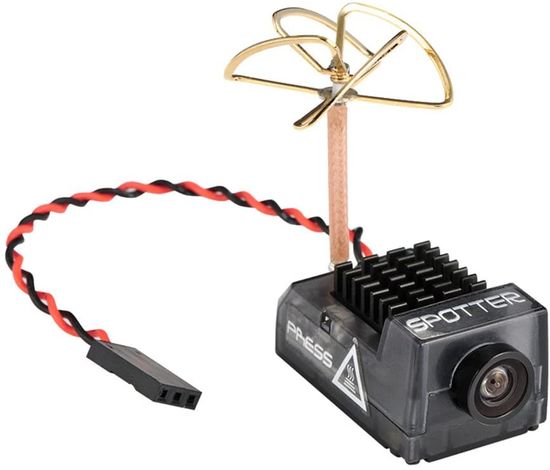
Long Range FPV uses power amplifiers or more powerful transmitters to control and transmit the video signal.
Introduction
The drop in prices for multicopters, including quadcopters, has radically expanded the possibilities for their use as stand-alone camera platforms for high quality filming. Furthermore, FPV multirotor racing has become a very fast growing segment of the RC hobby.
Of course, the range and quality directly depends on the range of used radio frequencies. Modern FPVs with OSD (On Screen Display) use the 900 MHz to 5.8 GHz range.
900 MHz provides max communication range and object penetration, including trees and buildings. But it requires a larger antenna, reducing the model compactness. In addition, this range requires a radio operators license in many countries.
The 2.4 and 5.8 GHz frequencies have several important pros, including significantly lower hardware costs, smaller antennas, and no licensing. Moreover, it provides high quality video with FPV goggles. Unfortunately, its range and signal penetration are significantly lower.
Of course, FPV models can pose a potential threat in the event of a failure during flight. Therefore, government authorities in most countries regulate this industry. In the United States, the list of such organizations includes FAA (Federal Aviation Administration), FCC (Federal Communications Commission), National Park Service, AMA (Academy of Model Aeronautics), State and Local Governments.
Analog vs Digital FPV systems
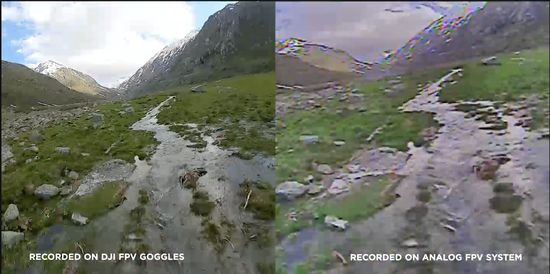
According to the method of data transmission, FPV systems are divided into analog or digital.
Analog FPV system
The first FPV transmitter models used an analog image transmission method.
Pros
– simplicity;
– low price;
– no latency;
– easy connection;
– support for connecting multiple monitors.
Cons
– interference;
– low image quality (color gamut, small viewing angle, resolution, etc).
Digital FPV system
Pros
– transmission distance;
– high image quality;
– no interference;
– increased bandwidth.
Cons
– high price;
– latency.
Unlike action cameras for high quality video recording, onboard FPV cameras are designed to transmit videos with minimal latency. The image sensor (analog camera matrix) is located on the printed circuit board. They convert the light from the lens to an analog signal and transmit the PAL or NTSC signal to the drone’s VTX. Next, the signal is amplified in the antenna and sent to a pilot’s receiver. Even without an antenna, the onboard transmitter will transmit a signal through any metal connector. But, of course, it will be much weaker.
Digital action cameras pre-encode the signal, causing a latency. In addition, it increases when decoded at the receiver.
FPV systems
Today FPV equipment can operate at 900 MHz, 1.2 GHz, 1.3 GHz, 2.4 GHz, 5.8 GHz and WiFi technology. But almost 90% of the models use wifi technology and 2.4 or 5.8 GHz frequencies.
Modern drones practically not use an analog 2.4GHz FPV due to low quality. A huge number of mobile devices with wifi connections and even microwave ovens operate at this frequency, creating interference. These kits require a remote with a monitor or glasses.
Today, 5.8 GHz analog systems dominate in premium segment, providing an optimal balance between bandwidth and range, and high quality playback with virtually no latency. They are often installed on racing drones.
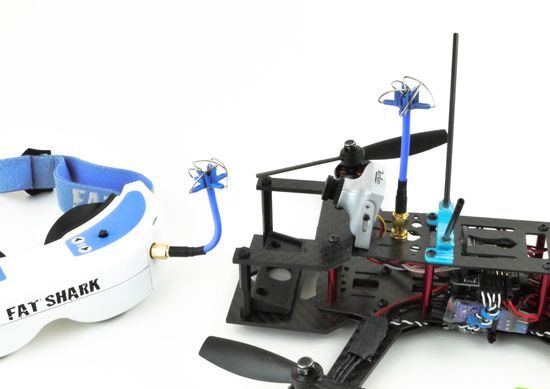
Unfortunately, a powerful transmitter, monitor or FPV goggles add a lot to the price.
Budget drones under $ 100 often use a 2.4GHz FPV wifi system. They usually come with a smartphone holder on the ground, and an onboard FPV camera with built-in VTX and antenna.
Its low price is due to cheap wifi transmitter and lack of a monitor or FPV goggles. After turning on, the drone is connected to a wifi point and controlled via the app. Unfortunately, its range is limited by the range of the wifi hotspot.
2.4 GHz frequency is not optimal due to the large number of sources of interference, and a large latency. But these systems are handy for a first introduction to FPV technology.
5.8GHz wifi FPV provides significantly better quality and longer range. But their marking has a nuance. Manufacturers sometimes use “G” instead of “GHz” (for example, 5G or 2.4G). Of course, it has nothing to do with the 5th generation of mobile communications, but only indicates the transmission frequency of the video stream.
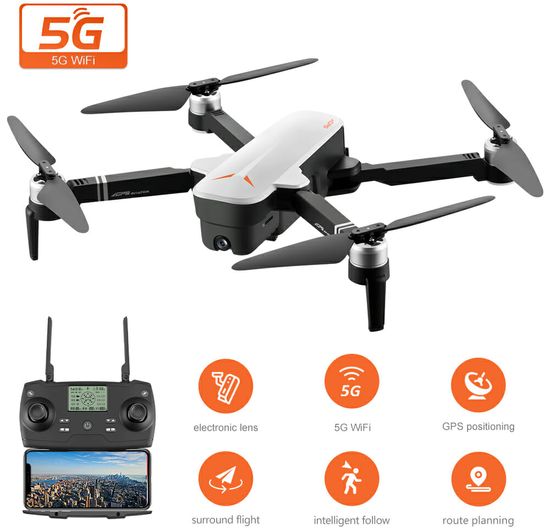
Conclusion
In terms of maximum immersive into the flight, this technology is unrivaled. In fact, today many can realize their childhood dreams of exciting flights in the sky. Of course, FPV drone choice depends on many factors, including number, type and power of quadcopter rotors, onboard transmitter, FPV camera, antenna, supported intelligent flight modes, etc. However, today the Internet offers all the necessary data to select the optimal components.
Modern FPV systems are conventionally divided into:
– analog 2.4GHz FPV – outdated technology;
– 2.4GHz wifi FPV – budget models with high latency;
– 5.8GHz wifi FPV – improved budget technology or expensive premium systems with virtually no latency, with higher quality and longer distance;
– analog 5.8GHz FPV – premium.
According to many experts, the wifi FPV is the most promising direction in the consumer segment development. Of course, developers will have to solve the problems of lags and picture freezing without significantly increasing the price. But the DJI Digital FPV System specs (28ms latency + 7ms between RS and Air Unit at distances up to 4 km, etc) already compete successfully with the best 5.8GHz analog systems. In addition, DJI FPV goggles support analog FPV. Unfortunately, today its price exceeds $ 1,000.
This video test demonstrates digital wifi DJI FPV vs analog Fatshark HDO2.
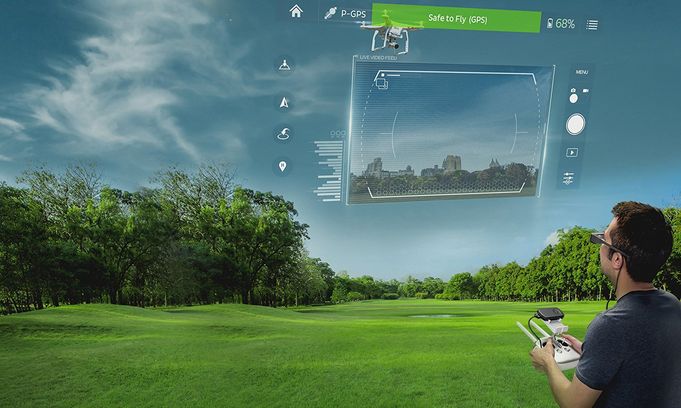
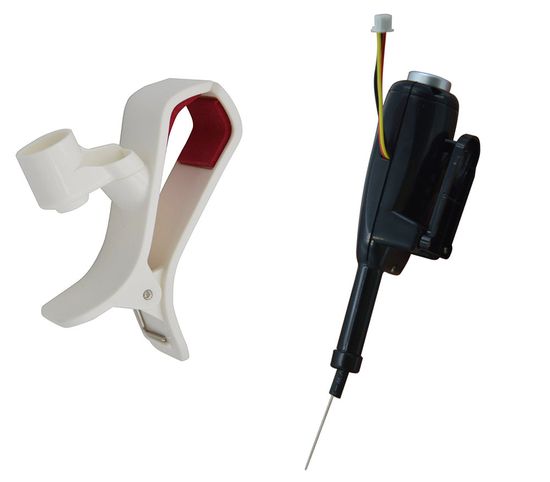
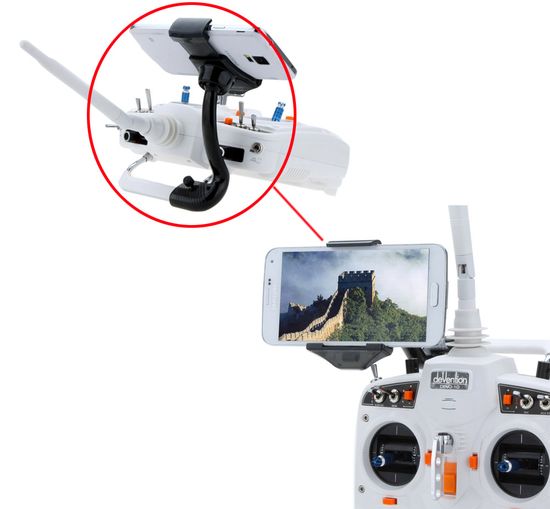
Pingback: Optimal quadcopter motor Review - The Appliances Reviews
Pingback: How to choose the best quadcopter Review - The Appliances Reviews
Pingback: Drone camera Review - The Appliances Reviews
Pingback: DJI Mavic 2 Pro quadcopter Review - The Appliances Reviews
Pingback: The smallest DJI Mavic Mini drone Review - The Appliances Reviews
Pingback: Holy Stone drones Review - The Appliances Reviews
Pingback: Mid-tier mini drones Review - The Appliances Reviews